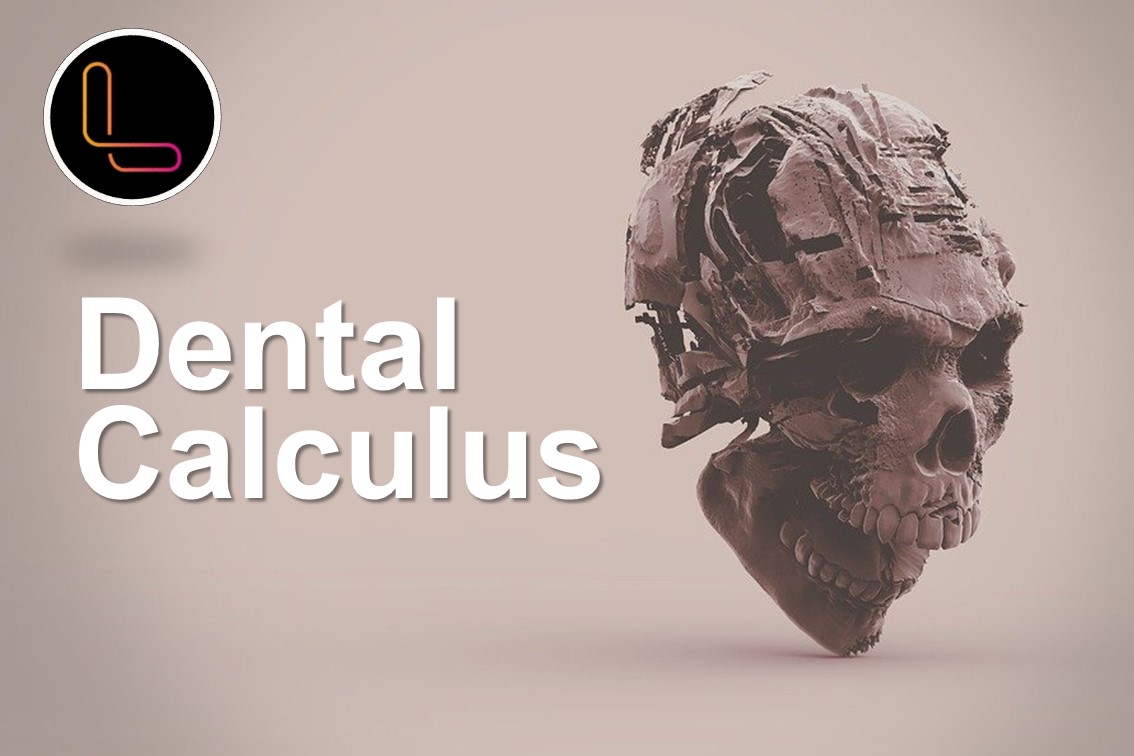In news
Two sites in this region, Megiddo and Tel Erani, were chosen for study. The research group had access to the tombs, cemeteries and burial sites in this region
The research and finding
- Two sites in this region, Megiddo and Tel Erani, were chosen for study. The research group had access to the tombs, cemeteries and burial sites in this region.
- Sixteen (16) samples from here were collected, from which they could obtain bones of the long-dead people.
- Analysis of the tooth bones, in particular the lower teeth connecting the jaw, was done and studied in detail. Scientists call this analysis, ‘dental calculus’. (By the way, this term calculus has nothing to do with mathematics at all, so please do not think that they were doing any advanced mathematical analysis!)
- The calculus here refers to the protein analysis of the teeth taken from the dead body, which offers information about the kind of food was eaten by the person – in particular plant material that had been stuck in the tooth.
- These plant materials are called ‘phytoliths’ (’phyto’ referring to plant and ‘lith’ to the fossilised part of the plant tissue stuck in the tooth).
- The researchers could analyse the dental calculus of 16 individuals buried in Megiddo and Tel Erani, and the analysis revealed the presence of millet, date palm, flowering plants, grasses and dietary plants such as wheat, rice, sesame, barley, soybean, banana, ginger and turmeric, among others.
Proteome analysis
- The group followed it up with the proteome analysis, which tells us the entire set of proteins expressed in the cells of the material.
- This revealed the presence of vanilla, cinnamon, nutmeg, jasmine, cloves and peppercorn, revealing thereby that trade routes existed as early as the Bronze Age (3000–1200 BCE) and the Iron Age (500 BCE) between the Southeast and the Mediterranean, and the Black Sea-Dead Sea regions.
Source: The Hindu





